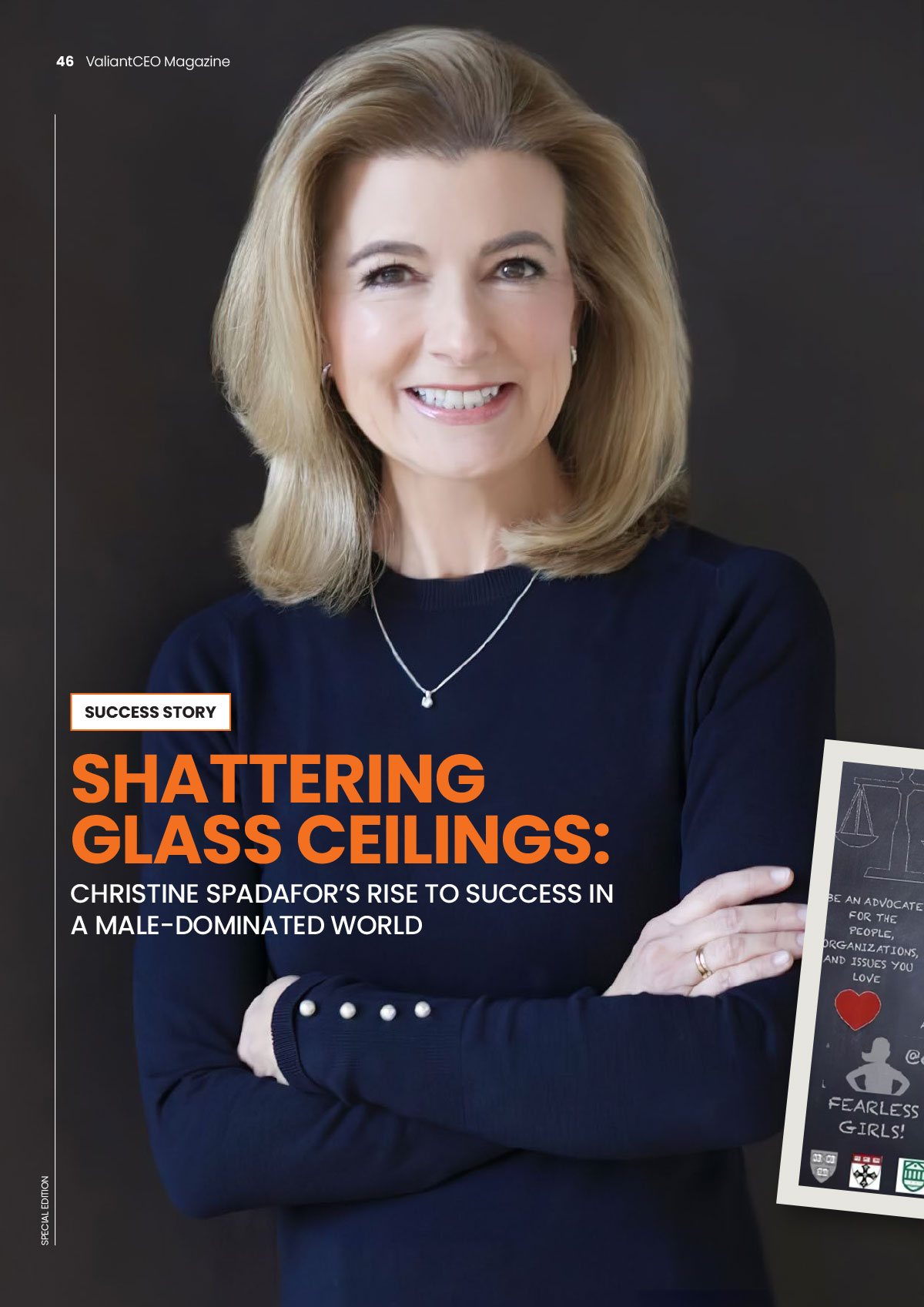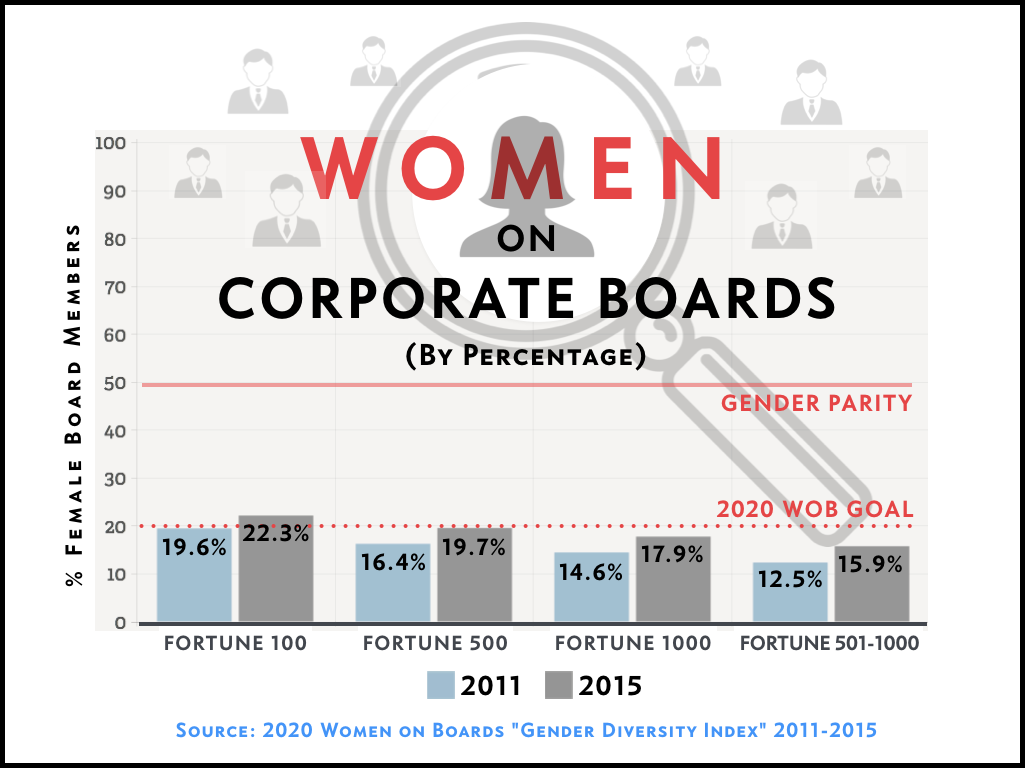Year after year, reports on corporate boardroom diversity reach the same conclusion: Little-to-no progress for board representation of women and minorities.
Now, the 2016 board diversity data are in — thanks to a study by the Alliance for Board Diversity (ABD) and Deloitte. And guess what? In the immortal words of Yogi Berra, “It’s déjà vu all over again.”
To be sure, many factors contribute to today’s board-diversity stagnation. For one thing, relatively few (only 350 according to the ABD/Deloitte study) corporate board seats turn over in any given year. Yet a key reason for the lack of diversity is that boards continue to look to fill vacant board seats primarily from a specific pool of candidates – persons with CEO experience. Not surprisingly, these CEO candidates are overwhelmingly white males. Which begs the question: How can boards expect a different (more diverse) result when they continue to recruit the same type of candidate?
In a just-released New York Times article: Study Finds Only Modest Gains by Women and Minorities on Fortune 500 Boards, the Alliance for Board Diversity Chairman Ronald C. Parker said:
“With the current rate of progress, we aren’t likely to see the number of minorities and women increase to our target of 40 percent representation until the year 2026…This is not acceptable. Corporations need to do more to keep pace with the country’s changing demographics.”
Another recent survey (by Harvard Business School, Women Corporate Directors Foundation and Spencer Stuart in 2016) also addressed the still-sluggish growth of female board representation. Among other things, the study asked corporate directors to explain this diversity “bottleneck” — and found stark, gender-based differences. Female directors believed gender diversity is simply not a priority when boards seek to fill a vacancy. On the other hand, male directors (particularly older men) explained the gender-gap discrepancy as due to a “lack of qualified female candidates”.
No qualified female board candidates?!
Numerous organizations (Direct Women, Women in the Boardroom, WomenCorporateDirectors Foundation, 30% Club, Interorganizational Network, and others) are bursting at the seams with qualified, experienced and talented women who are “board ready” and eager to serve.
When boards of directors are truly committed to diversity, they grasp this fundamental point: Diversity measures must go beyond parity in gender, racial and ethnic representation; they also must incorporate diversity of thought. How? By actively cultivating an expanded range of board member skills, backgrounds and experiences — increasingly important resources as corporations navigate today’s uncertain economic, political, and social environments.
###




